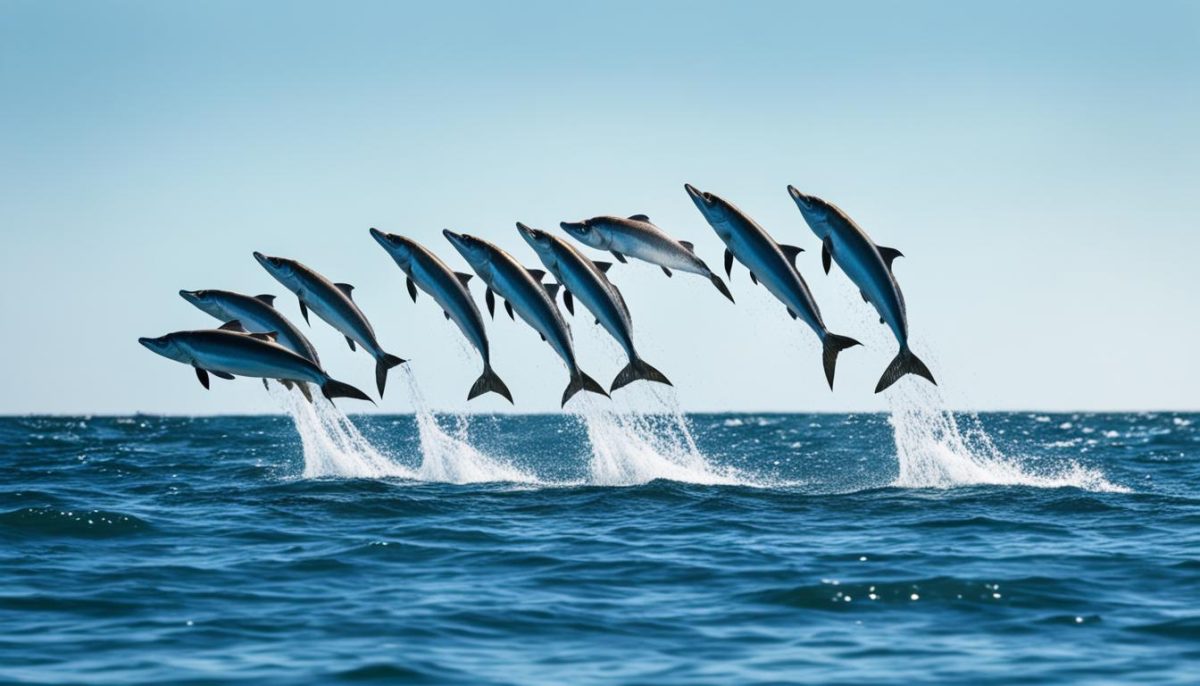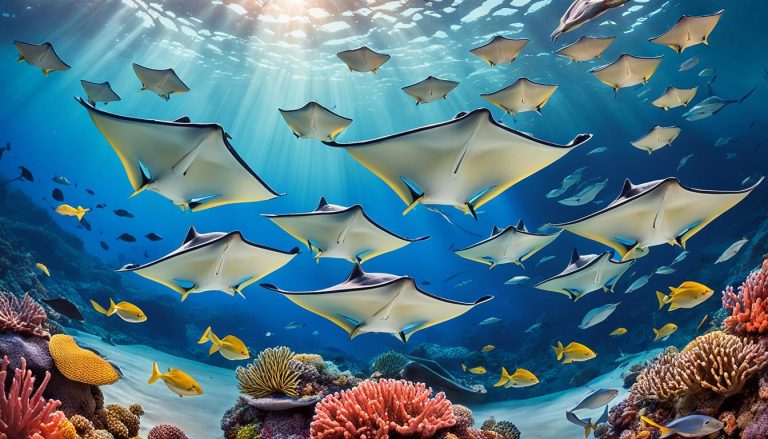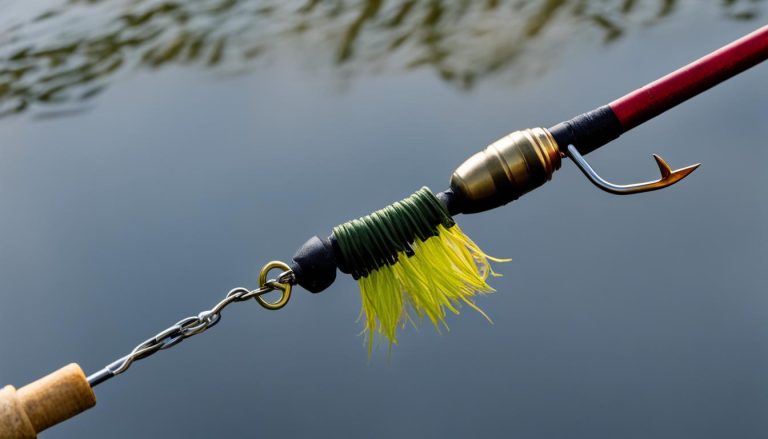Welcome to the enchanting world of mullets, a species of fish known for their incredible leaps and boundless joy. These fascinating creatures have captured the attention of marine enthusiasts and nature lovers alike with their playful antics and acrobatic movements.
When you think of fish, you may imagine them gracefully swimming through the water. But mullets take it to a whole new level. With their agile bodies and strong muscles, they have the remarkable ability to jump out of the water with sheer delight.
Witnessing a mullet in mid-air is truly a sight to behold—a marine spectacle that never fails to bring a smile to one’s face. Whether it’s catching insects, evading predators, or simply reveling in the joy of being alive, mullets showcase their exuberance through their airborne displays.
Join us as we dive deeper into the world of mullets, exploring their unique characteristics, captivating behavior, and ecologically important role in our marine ecosystems. Get ready to be amazed by these remarkable fish that bring sheer joy wherever they go!
The Characteristics and Behavior of Mullets
Mullets are fascinating creatures known for their unique characteristics and behavior. Let’s explore what sets them apart from other fish and discover the secrets behind their acrobatic movements.
First and foremost, mullets have elongated bodies that are specifically adapted for their environment. Their streamlined shape allows them to glide effortlessly through the water, making them agile swimmers. Additionally, mullets possess distinct dorsal fins that aid in their navigation and stability.
When it comes to behavior, mullets are known for their interactive nature. They often form large schools and exhibit synchronized swimming patterns, creating a mesmerizing sight underwater. This social behavior not only helps them find food and avoid predators but also enhances their overall survival in the marine ecosystem.
One of the most remarkable behaviors of mullets is their ability to jump out of the water. This behavior, known as porpoising, is often seen when mullets are evading predators or during their feeding frenzy. Their incredible leaping abilities allow them to catch insects or other small organisms above the water’s surface.
“The jumping behavior of mullets is a true marvel of nature. It showcases their adaptability and quick reflexes, enabling them to thrive in their surroundings.” – Marine Biologist Dr. Amanda Roberts
Scientists believe that the jumping behavior of mullets serves multiple purposes. It helps them stir up sediment to uncover hidden prey, oxygenate their gills when the water is low in oxygen content, and communicate with other mullets in their school. These synchronized jumps create a striking spectacle for observers lucky enough to witness them in action.
Now that we have explored the characteristics and behavior of mullets, let’s move on to the next section, where we will delve into their ecological importance in the marine ecosystem.

Mullets: An Ecologically Important Species
As we wrap up our exploration of mullets, it’s crucial to highlight their significant role in the marine ecosystem. These unique fish, with their acrobatic jumps and distinctive features, are not only a marvel to observe but also play a vital ecological role.
One of the key reasons mullets are considered ecologically important is their status as a keystone species. As they navigate coastal waters, mullets influence the abundance and distribution of other organisms in the ecosystem. Their feeding habits, particularly their preference for algae, help regulate algal populations and prevent excessive growth.
In addition, mullets play a crucial role in nutrient cycling. By consuming algae and detritus, they effectively maintain a healthy balance in coastal habitats. Mullets then excrete nutrients back into the water, fueling the growth of phytoplankton and providing sustenance for other marine organisms.
Despite their ecological significance, mullets face threats from overfishing and habitat degradation. Recognizing the importance of protecting these fish and their habitats, conservation efforts have been implemented worldwide. Measures such as catch limits, fisheries management, and habitat restoration projects aim to ensure the long-term survival of mullet populations and the health of coastal ecosystems they call home.




